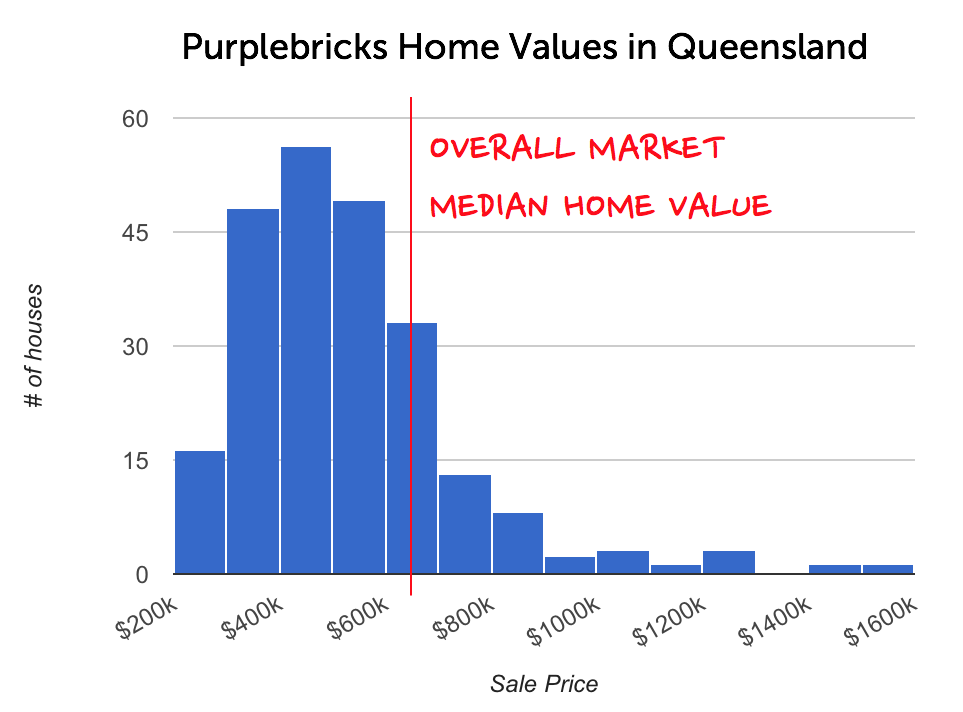Purplebricks struggles in Phoenix
/I had high hopes when Purplebricks launched in Phoenix earlier this year. It was the first U.S. market in the "sweet spot" for the Purplebricks proposition. However, the latest numbers show quite modest traction: 75 listings and 26 sold properties over five months.
Why it matters: This data presents a healthy counter-balance to Purplebricks' rapid, national expansion. Launching in a new market is very different than gaining meaningful traction in a new market.
Mid-market America
In July, I analyzed Purplebricks' FY18 results. The analysis highlights the massive investment the business made with its U.S. launch, with an effective cost per listing of over $21,000.
There's also the question of if Purplebricks launched in the wrong markets. Southern California and the New York metro area are expensive markets, while the data clearly shows the Purplebricks proposition resonating with mid-market customers. Phoenix is that market.
After a slow start, Purplebricks is averaging a few dozen new listings per month in Phoenix. With a listing fee of $3,600, that's around $75,000 in revenue for November.
Purplebricks is also struggling to recruit and retain brokers in Phoenix. Agent numbers are stagnant, and the average number of listings per broker is two. If we assume a broker is paid $1,000 of the $3,600 listing fee, that's a very low effective annual pay package. (Broker numbers can be tracked on the Arizona Department of Real Estate web site.)
The right market
I still believe Phoenix is the right market for Purplebricks. The 75 Purplebricks listings are right in line with the median average for the Phoenix market (Maricopa County), which is a positive sign. This -- not more expensive markets -- is the sweet spot for the fixed-fee proposition.
Growth is the name of the game
The U.S. real estate market is undergoing significant change. New (and existing) players like Redfin, Compass, and eXp Realty are rapidly growing market share -- at the expense of traditional incumbents.
All of these players, including Purplebricks, have raised massive amounts of capital to grow market share. Growth is measured in tens-of-thousands of new listings.
Phoenix is just one market out of several in the U.S. where Purplebricks has launched. In its first eight months, Purplebricks had 582 total listings nationally. After five months in Phoenix, 75 total listings is a comparative drop in the bucket. If Purplebricks wants to make a dent in the U.S., these numbers need to be in the hundreds and thousands.
Another data point: A quick check on Zillow shows 288 active listings for Purplebricks (primarily in California); it had 289 back in June. By comparison, Opendoor grew from 721 to 3,163 active listings in the same period.
Strategic implications
Purplebricks' success in the U.S. market is not assured. Raising a lot of money doesn't guarantee success. And an organic pathway to growth takes large amounts of time, patience, and capital.
Execution of this model is very much market-specific, and a lot of hard work. The business model scales linearly with people; technology is just an enabler.


























































































































